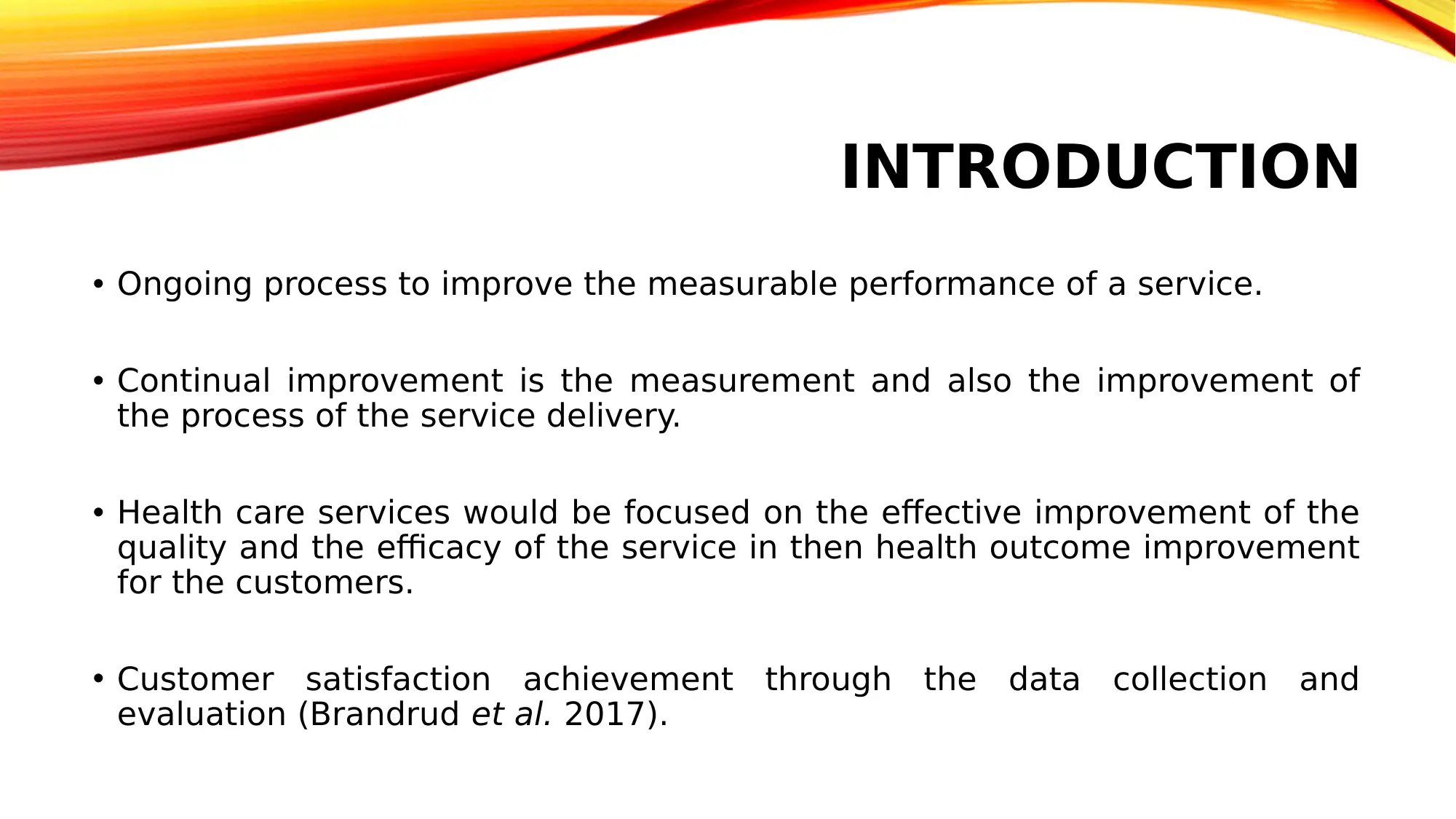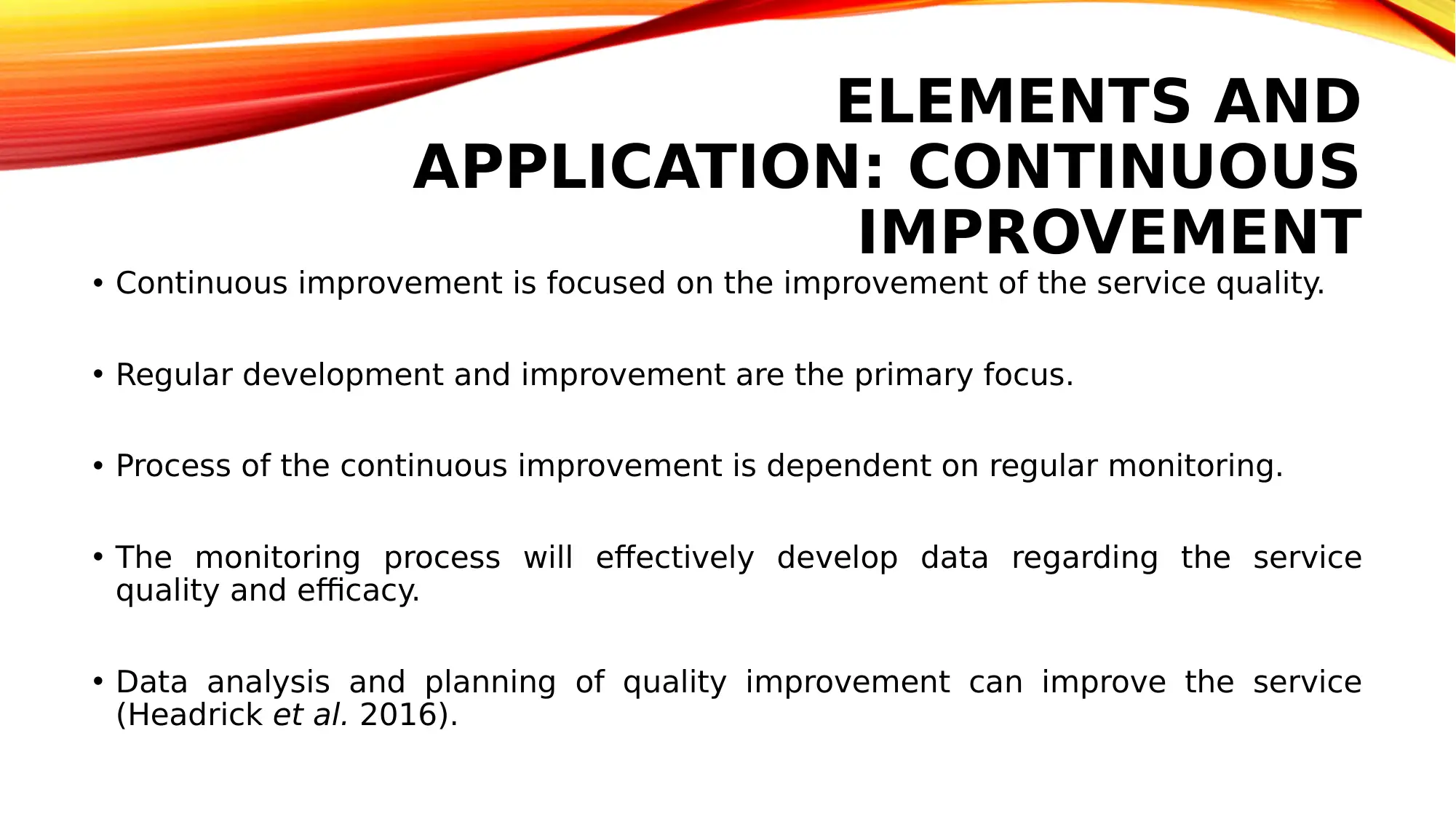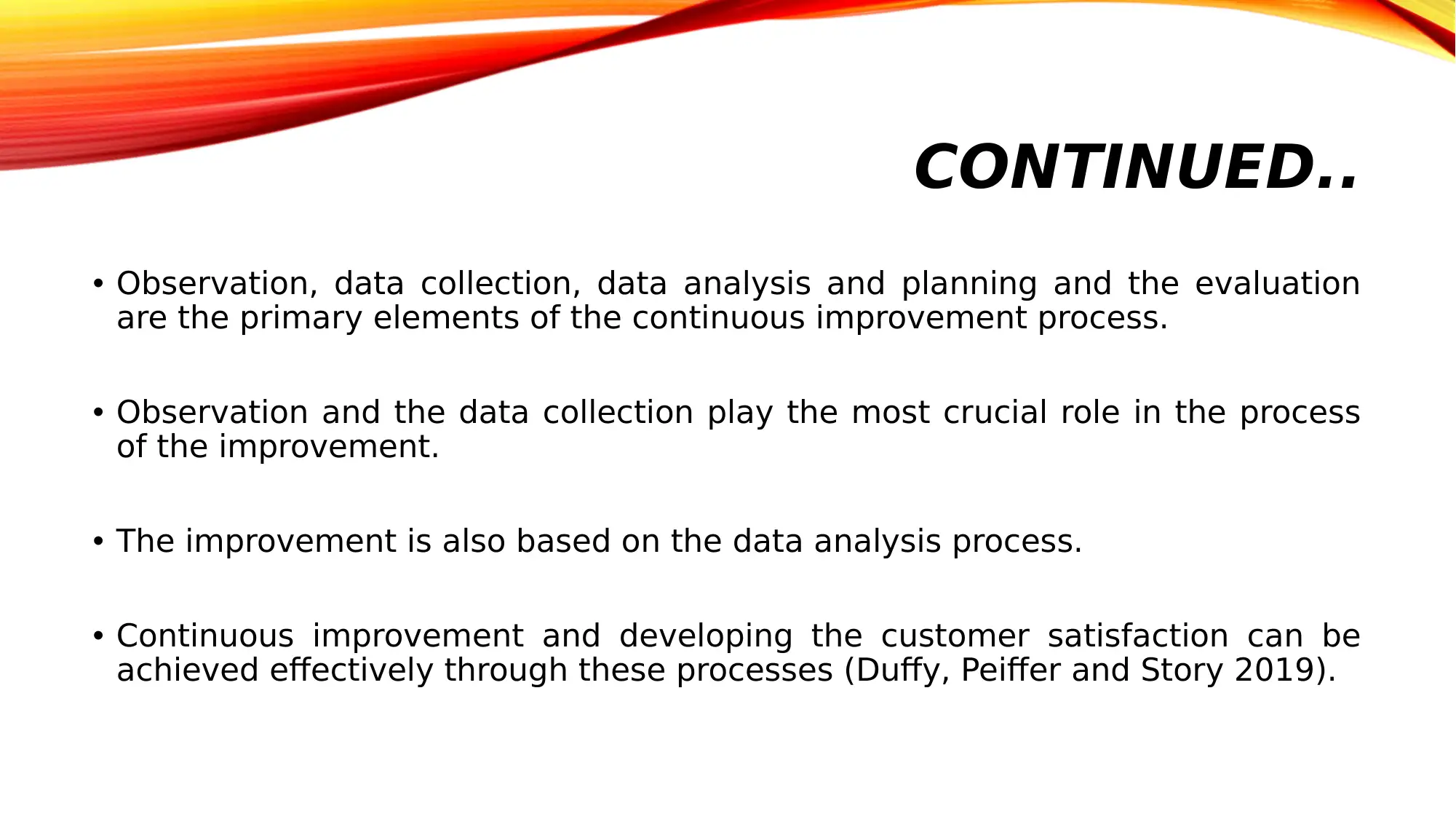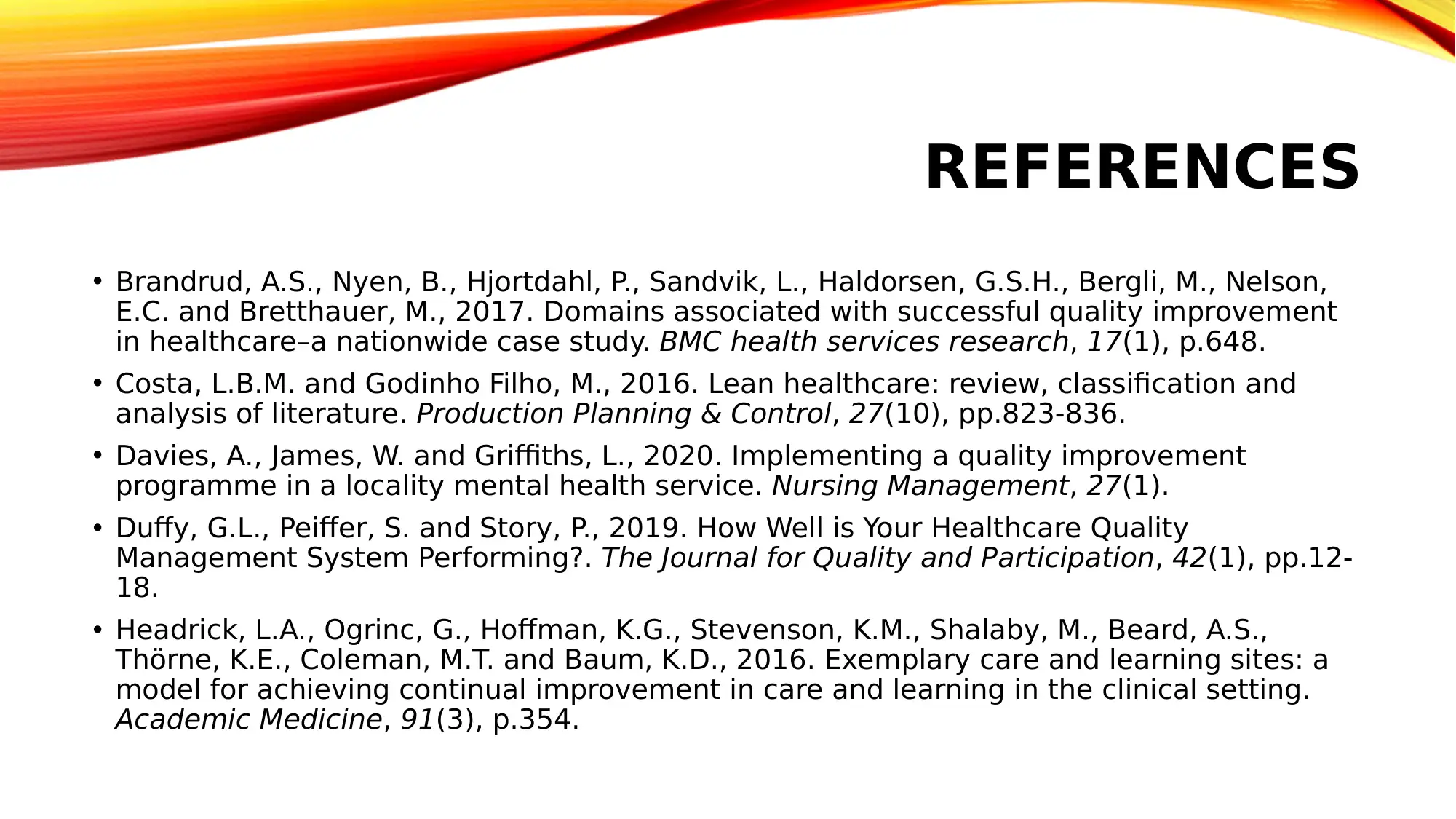OTHM Level 7 Healthcare: Continual Improvement in Service Delivery
VerifiedAdded on 2022/08/20
|8
|704
|14
Report
AI Summary
This report focuses on continual improvement within healthcare service delivery. It begins by defining continual improvement as an ongoing process to enhance service performance, emphasizing the measurement and improvement of service delivery processes to improve health outcomes and achieve customer satisfaction through data collection and evaluation. The report then explores the key elements of continuous improvement, including observation, data collection, analysis, planning, and evaluation, highlighting their role in improving service quality and efficacy. It argues for the necessity of continual improvement in healthcare due to the dynamic nature of health issues and the need for service quality enhancement. The report also discusses how to measure continual improvement through observation and data collection via audits and customer interviews. In conclusion, the report underscores the importance of continual improvement, patient-focused outcomes, and customer satisfaction, advocating for regular measurement and data-driven planning within health care service delivery.
1 out of 8














![[object Object]](/_next/static/media/star-bottom.7253800d.svg)